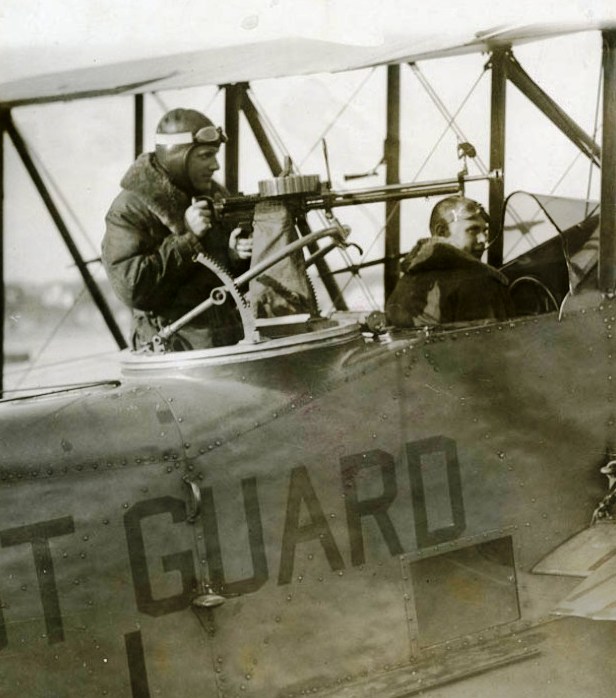-
Yuba City—A Christmas rescue that changed aviation history!
—Just past midnight on Dec. 24, 1955, a levee on California’s Feather River collapsed releasing a 21-foot wall of water into Yuba City and surrounding farmlands. As the flood victims huddled on rooftops and clung to tree branches, they could hear in the distance the throbbing noise of a Coast Guard helicopter coming to their rescue.
-
Surgeon Call—Arctic Hero of the Coast Guard and Public Health Service!
—Winter darkness. Reindeer sleds. A 1,500-mile push over sea ice and tundra to reach ice-locked whalers—led by a tireless frontier physician whose care, grit, and camera preserved a rescue for the ages.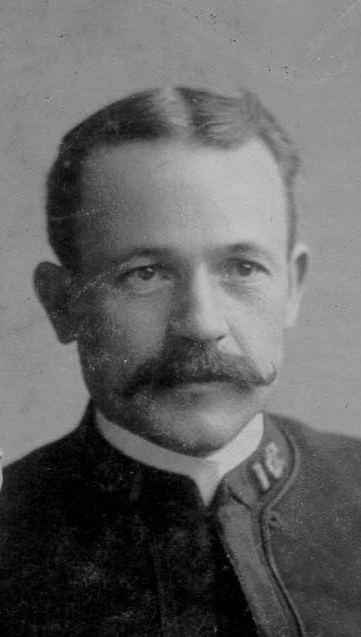
-
Courage Like Kate—The Legacy of Keeper Kathleen Moore
—Kate began assisting her father with tasks around the station as a small child. By age 12, she had assumed all the duties her father could not accomplish due to his physical limitations and was, for all practical purposes, the lighthouse keeper.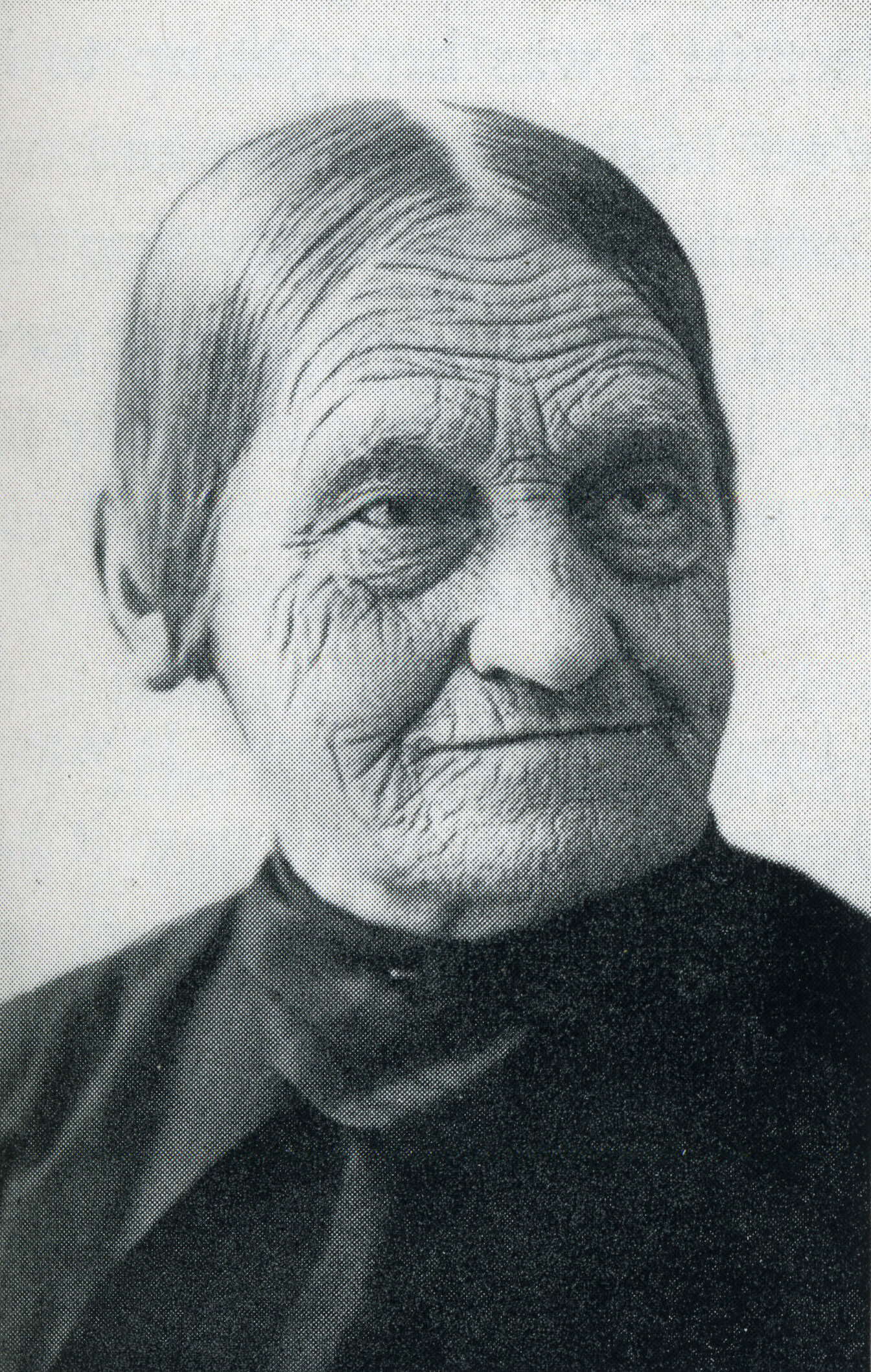
-
“I saw them hang on with one hand and break ice with the other”—the Coast Guard’s Greenland Patrol
—Whiteouts, razor ice, and lurking U‑boats—inside the little-known Arctic campaign where sled patrols, convoys, and daring rescues kept a vital lifeline alive.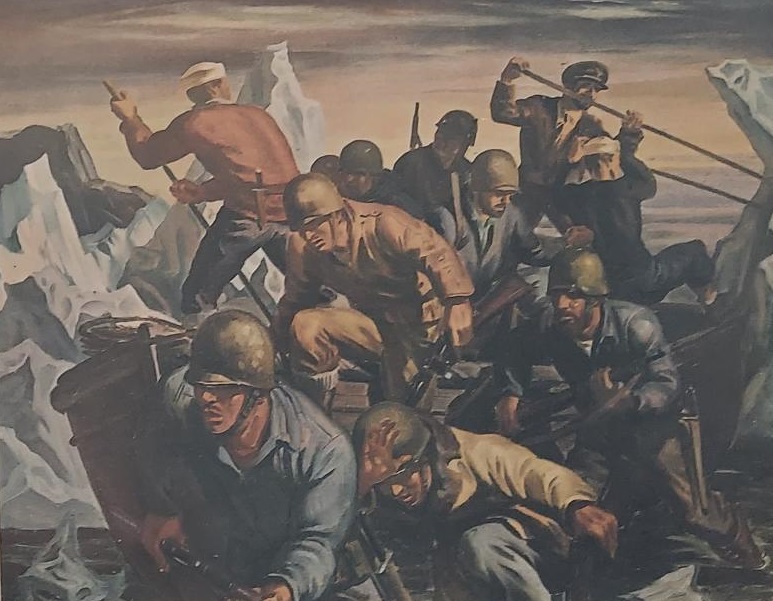
-
Polar icebreaking—The short history of a BIG mission
—Since the late 1800s, the United States Coast Guard and its predecessor agencies have played an essential role in U.S. polar operations. A new kind of ship, the icebreaker, evolved to serve U.S. commercial and strategic interests spread in the Arctic.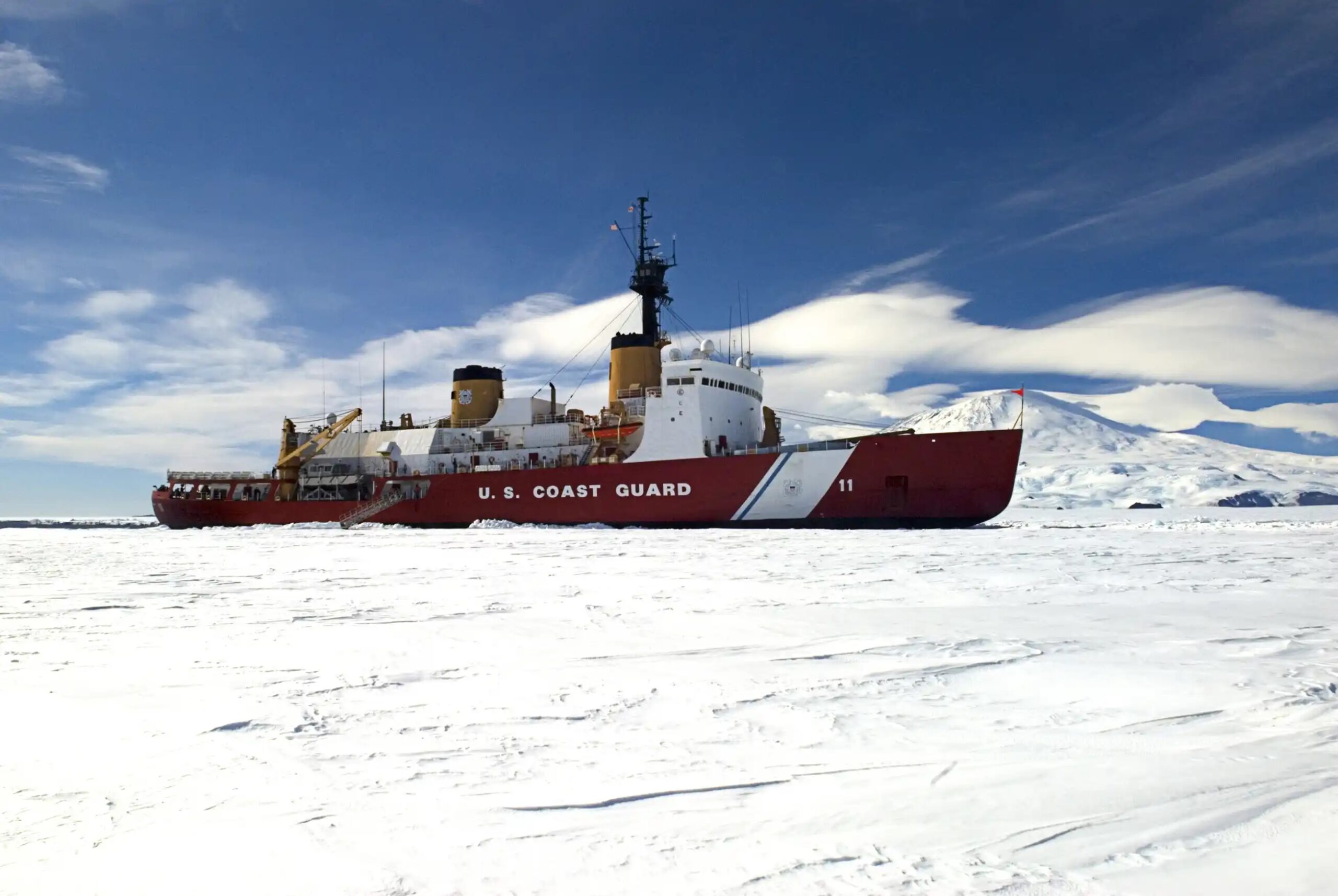
-
E.A. Stevens—the service’s Civil War gunboat 160 years ago!
—Drewry’s Bluff put the Revenue Marine’s gunboat E.A. Stevens to the test, marking a leap from wood and sail to iron and steam.
-
Remembering BMCS Terrell Horne—father, friend, hero, mentor, and FRC namesake
—What began as a routine interdiction became a lethal ambush: a ramming at sea, a split‑second shove that spared a shipmate and a sacrifice the Coast Guard will never forget.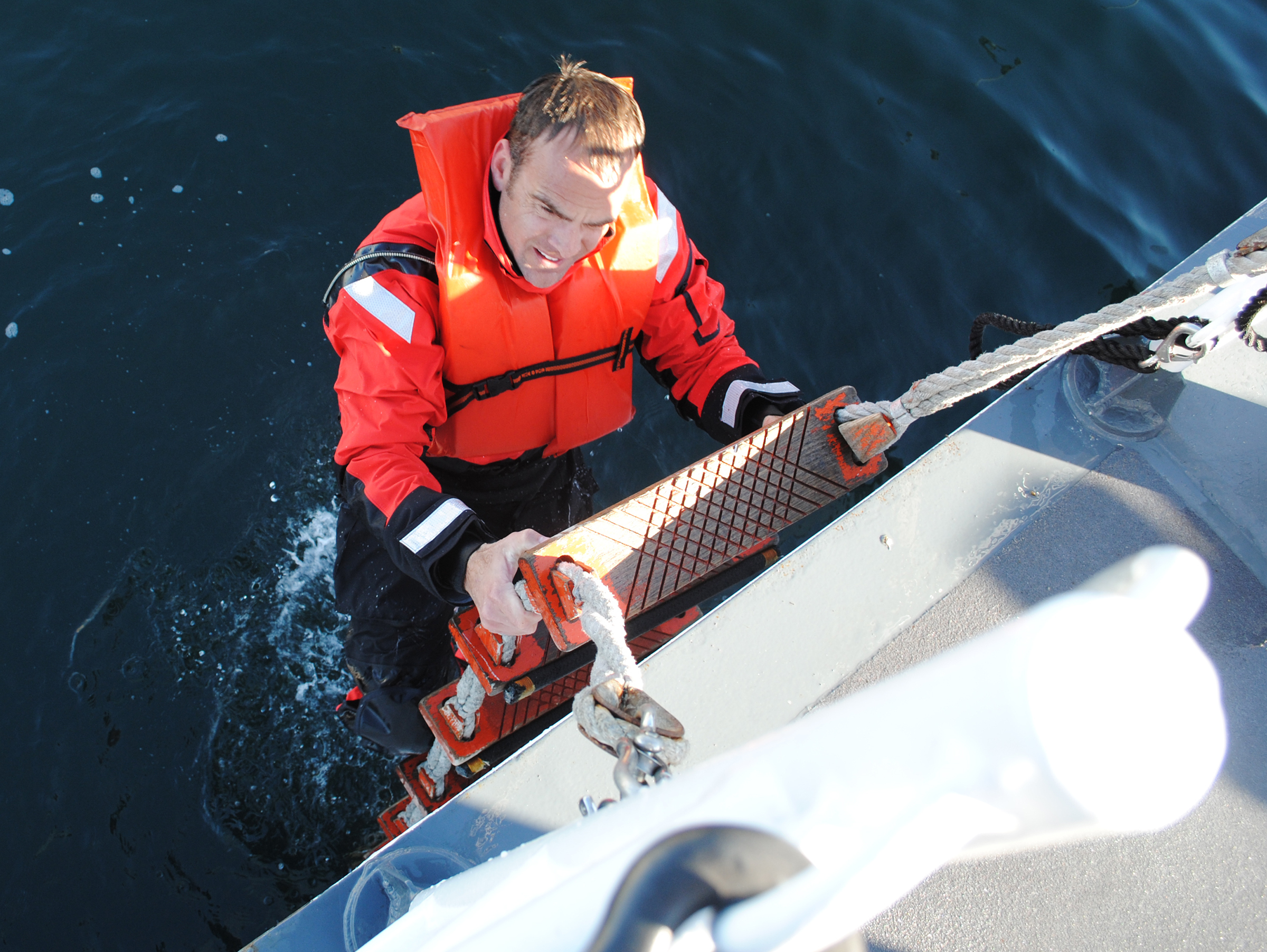
-
Rear Admiral Frederick Billard — commandant, commander, warrior, educator and mastermind of rapid expansion
—Billard oversaw the largest and fastest peacetime expansion in Coast Guard history.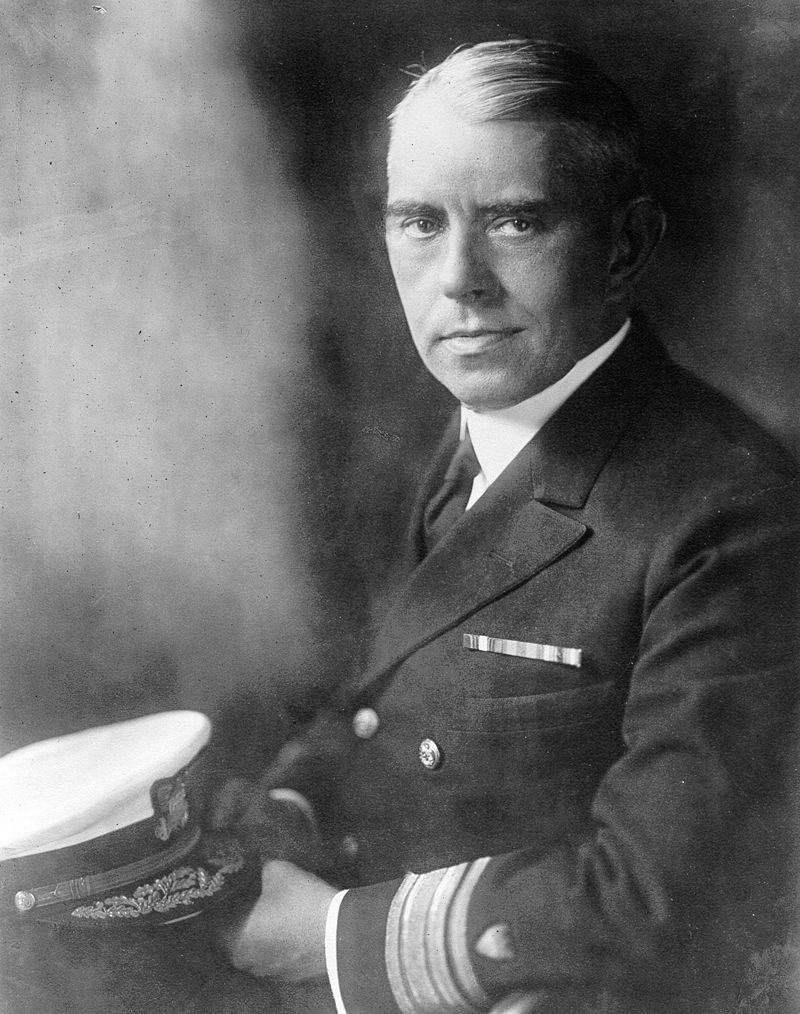
-
Capt. Francis Martin—the most ancient of “Ancient Mariners” with 63 years of service!
—The Coast Guard established the Ancient Mariner Award in 1978 to honor the officer and enlisted cuttermen who personify the dedication and professionalism associated with long service at sea and have held the distinction of cutterman longer than any other officer or enlisted member.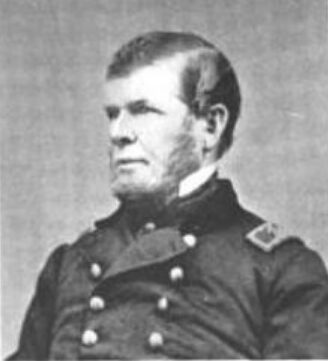
-
“CG 1”—the Coast Guard’s first aircraft
—In 1926, the Coast Guard’s Loening OL-5 launched aviation for Prohibition interdiction, with Gloucester and Cape May air stations aiding cutters to counter rum-running.